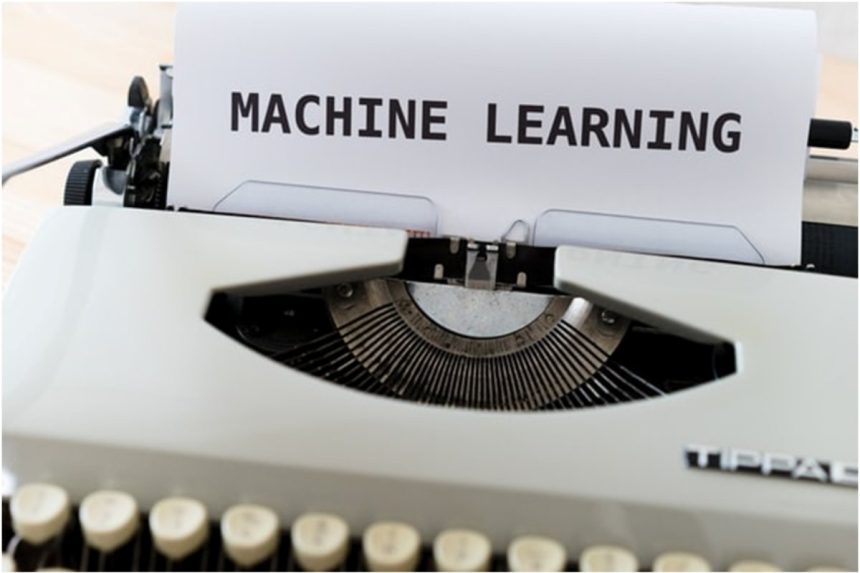Are you wondering what is predictive maintenance? Predictive maintenance has become an important tool in operations and maintenance for industries such as manufacturing, transportation, and energy. The goal of predictive maintenance is to predict when an asset will fail so that corrective action can be taken before the failure actually occurs. This can result in increased uptime and reduced downtime for assets, as well as reductions in maintenance costs.
Predictive maintenance is a field of maintenance engineering that uses techniques from data science and machine learning. This approach can be more cost-effective and efficient than waiting for a failure to occur and then repairing or replacing the asset. Continue reading to learn more about predictive maintenance and why all businesses need to take advantage of it.
Predictive Maintenance Techniques
There are a variety of techniques that can be used for predictive maintenance, including data mining, machine learning, and artificial intelligence. Each of these techniques relies on analyzing data to find patterns that can be used to predict future failures. Data can be collected from a variety of sources, including sensors on assets, maintenance logs, and historical data.
Benefits of Predictive Maintenance
There are a number of benefits to using predictive maintenance. Predictive maintenance can help to increase uptime and reduce downtime for assets. It can also help to reduce maintenance costs by allowing for proactive maintenance tasks instead of reactive maintenance tasks. Predictive maintenance can also help to improve safety and reduce environmental impact. The benefits of predictive maintenance make it an important tool for various industries that rely on assets.
Applications for Predictive Maintenance

The most common application of predictive maintenance is in the manufacturing industry and the maintenance of industrial equipment. In industrial settings, predictive maintenance can be used to schedule preventive maintenance tasks, predict component failures, and optimize production processes.
The use of predictive maintenance in industrial settings has a long history, with the first documented use of the technique dating back to the early 20th century. However, the field has seen a resurgence in recent years as the availability of big data and data analytics has allowed for the development of more sophisticated predictive models.
The basic premise of predictive maintenance is that machines will experience a failure at some point in their life cycles. By collecting data on how a machine is operated and how it has failed in the past, it is possible to develop a model that can predict when a machine is likely to fail. This information can then be used to schedule repairs and replacements proactively, rather than waiting for failures to occur.
Predictive maintenance can also be used in the health care industry to predict equipment failures and to schedule preventive maintenance tasks. For example, a predictive maintenance system can be used to predict when a particular type of medical device will fail. This information can then be used to schedule preventive maintenance tasks for the device, which can help to reduce unplanned downtime and improve overall equipment reliability. This could also potentially save lives when machines and equipment are always up to the task of providing essential diagnoses and care for patients.
In the transportation industry, predictive maintenance can be used to schedule maintenance tasks and predict component failures. This involves using data analytics and prognostics to identify potential failures before they actually happen, which can help to extend the life of components and improve safety. Additionally, predictive maintenance can help transportation companies identify potential issues with their systems and plan for disruptions.
Predictive maintenance is essential for businesses that want to achieve operational efficiency and improve their bottom line. By predicting failures and taking corrective action, businesses can avoid the downtime and lost productivity that often comes with equipment failures. This can result in significant cost savings for businesses.

